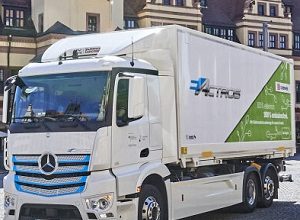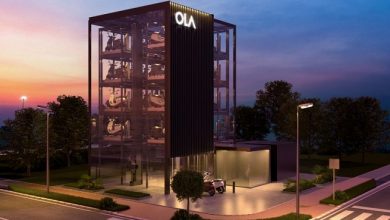D2H technologies and Ansys speed NASCAR race car development with automated simulation workflow
NASCAR racing teams turn to D2H and Ansys to produce 3x more simulations without extra development time and nearly eliminate costly wind tunnel testing

NASCAR racing teams are leveraging a state-of-the-art automated simulation workflow created by D2H Advanced Technologies (D2H) and Ansys to improve high-performance stock cars that are engineered with speed, efficiency and affordability. Through this collaboration, D2H and Ansys are significantly streamlining the development and improving the aerodynamics of race cars by enabling teams to nearly eliminate wind tunnel testing.
With only one week to prepare between races, NASCAR racing teams have traditionally spent hundreds of thousands of dollars on rigorous and time-consuming wind tunnel testing to advance their cars’ aerodynamics. Ansys® Fluent® provides teams with tremendous production efficiency and cost savings by delivering leading-edge aerodynamic models that enhance stock car performance across every track scenario, empowering drivers to outpace the competition and cross the finish line first.
D2H and Ansys created an automated Fluent workflow that nearly eliminates wind tunnel testing. Drastically accelerating the teams’ simulation process to engineer more aerodynamic race cars, the workflow slashes engineering workloads and integrates HPC to optimize designs much faster. This enables teams to produce 3x more designs without extra development time and resolve issues in hours instead of days.
“This cutting-edge workflow makes an incredible impact on our mutual customers’ aerodynamic designs, with racing teams realizing heightened modeling fidelity and markedly faster run times,” said Noah McKay, engineering director at D2H. “Using this workflow, NASCAR teams overcome design issues sooner and maximize production efficiency within a tight developmental window, resulting in major performance advantages, which promises more track championships.”
Relying on simulation to ready their stock cars for each race, teams are laser-focused on reducing the design time.
“80% of the modeling process involves cleaning up ‘dirty’ geometry, in which an engineer must spend countless hours removing the extraneous components that aren’t needed to run a simulation,” said Jason Pfeiffer, vice president at Rand Simulation, D2H’s dedicated Ansys channel partner. “This automated workflow delivers a push-button solution that compresses the development process, helping engineers create designs faster to address challenging aerodynamic issues.”
Track surfaces, weather conditions and competition rules change weekly, generating complicated design issues to address. By nearly excluding wind tunnel testing from the developmental process, teams are more agile and more precise than ever.
“Our mutual NASCAR racing team customers require substantial speed of design and peak fidelity, which presents major obstacles for optimizing the design of high-performance stock cars,” said Shane Emswiler, senior vice president at Ansys. “By collaborating directly with D2H, our shared resources enable racing teams to pivot from costly and laborious wind tunnel testing to a customized, automated end-to-end workflow — delivering highly advanced race cars that can conquer the competition.”





